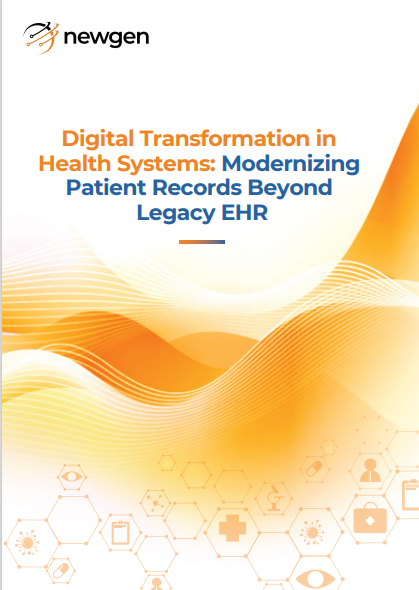Health systems have made significant strides in digitizing care delivery. But one area often left behind is legacy data. Clinicians still spend valuable time searching across outdated systems: waiting for files to load, switching between systems, or asking IT for help retrieving an old record. These aren’t high-profile failures, but they’re felt every day.
Most organizations followed the right intent: preserve everything to meet compliance. But as data volume grew, so did fragmentation. What began as a necessary step became operational drag, costing time, slowing decisions, and adding complexity to workflows.
That’s why many healthcare leaders are now stepping back to reconsider the role of archival. Today, transformation isn’t about keeping more data. It’s about surfacing what matters, when it matters. Archival is getting a fresh look as a data strategy: focused on accessibility, context, and continuity of care.
The Role of Archival in Modern Health Infrastructure
When implemented effectively, archival removes the complexity across the system. It runs quietly in the background, fully integrated into the system that health teams already use. An efficient archival provides fast, secure access to records, supports compliance, and reduces friction for clinicians and staff. The shift is about surfacing the right data, at the right time, without disruption.
This perspective paper explores how leading health plans are approaching that shift and what it takes to make archival an active enabler of care.
Download the Perspective Paper to Learn:
- How archival gaps contribute to clinician fatigue and workflow friction
- What a clinician-centered, compliance-ready archival model looks like
- The architecture behind the design of modern Electronic Archival Management Systems
- How leading healthcare systems are making the shift successfully

